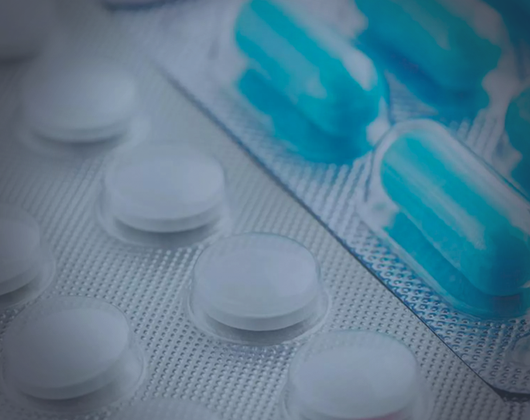Modified release dosage forms are increasingly used to enhance oral drug product performance.
For decades, modified-release drug products formed part of a line-extension category and were launched in a strategic way to offer a better product relative to commercial immediate-release (IR) products, thereby extending the life of the brand. Today, pharma and biotech companies are increasingly considering MR technologies earlier in the development process of a new chemical entity (NCE) to obtain greater differentiation against other products in development or on the market. All stakeholders including investors, patients, doctors, and payors welcome this trend, especially where clearer therapeutic benefits are shown.
Many drug product improvements can be achieved using modified-release technology, including:
- Improved patient compliance - modified-release technology can allow for simpler, once- or twice-daily dosing
- Enhanced pharmacokinetic (PK) profile – modified-release dosage forms can be suited to the therapeutic window or to the patient’s needs, such as adjusting drug blood levels between daytime and nighttime
- Reduced side effects - a modified PK profile can lower the Cmax of the drug or its metabolites while still maintaining therapeutic plasma levels
The benefits of modified-release products are significant but can come with technical challenges that prevent or complicate their development. Modified-release formulation approaches range in complexity, and the formulation selection needs to be based on the properties of the drug substance and the target drug release profile. R&D programs can encounter large delays and cost overruns when the wrong modified-release technology is selected.
Our experience in the development of modified-release products spans controlled release, gastro-retentive, delayed release, pulsatile, and biphasic release technologies.
When evaluating a modified-release product opportunity, we often start with two fundamental questions:
- What is the appropriate MR technology to achieve the therapeutic goal of the drug?
- What is the right development plan to efficiently demonstrate proof-of-concept for the MR product?
A variety of modified-release formulation technologies are available to be manufactured using common tableting, encapsulation, and coating processes (either pan or fluid bed coating). The specific modified-release behavior is also determined by the functional excipients used.
A common approach is to use hydrophilic polymers in a tablet that form a gel matrix in in-vivo that controls drug release out of the matrix. Polymer coatings are also applied either on tablets or multi-particulates, for example using beads, with functionality that may be pH-dependent. An erodible coat, or a coat that controls drug diffusion through a semi-permeable coat or orifice, may also be used. Both the excipients and the final products used are generally non-proprietary.
Among the more complex modified-release technologies are osmotic tablets, using the approaches described and sometimes also including a small orifice that contributed to release-rate control, and gastro-retentive formulations that apply a range of swelling, floating, or adhesion methods to delay gastric-emptying of the dosage form.
A traditional approach to screen and selecting formulation prototypes begins with in vitro testing and animal models, and then a lead prototype or prototypes are selected for clinical testing. This approach and overconfidence in non-clinical to clinical predictions can be flawed when developing oral modified-release formulations because the behavior of the modified-release formulation is highly dependent on human physiology and this dependence occurs over a longer duration of drug release.
Across modified-release drug programs, we often see that clinical performance of modified-release products differ considerably from in vitro or animal test predictions. This often provides a surprise for the drug development team but confirms why non-clinical tests should not be the backbone of a modified-release product development program. Using Translational Pharmaceutics, we can make formulation adjustments in response to human PK data during the clinical study to accelerate development timelines, using a science-driven approach proven to accelerate and derisk drug development.
For more insight about this topic, watch our recent webinar, Non-Clinical vs Clinical: Risks & Considerations When Developing Modified Release Dosage Forms, or to discuss your next modified-release drug program, contact us today.

